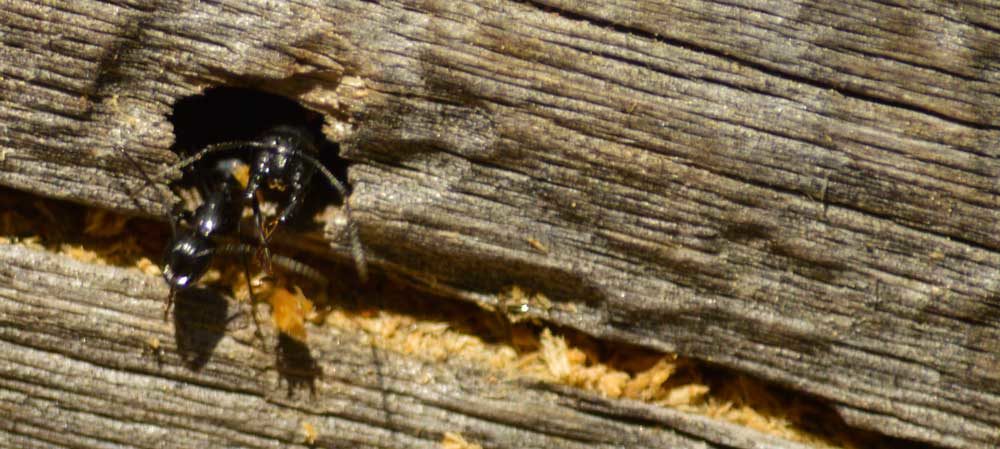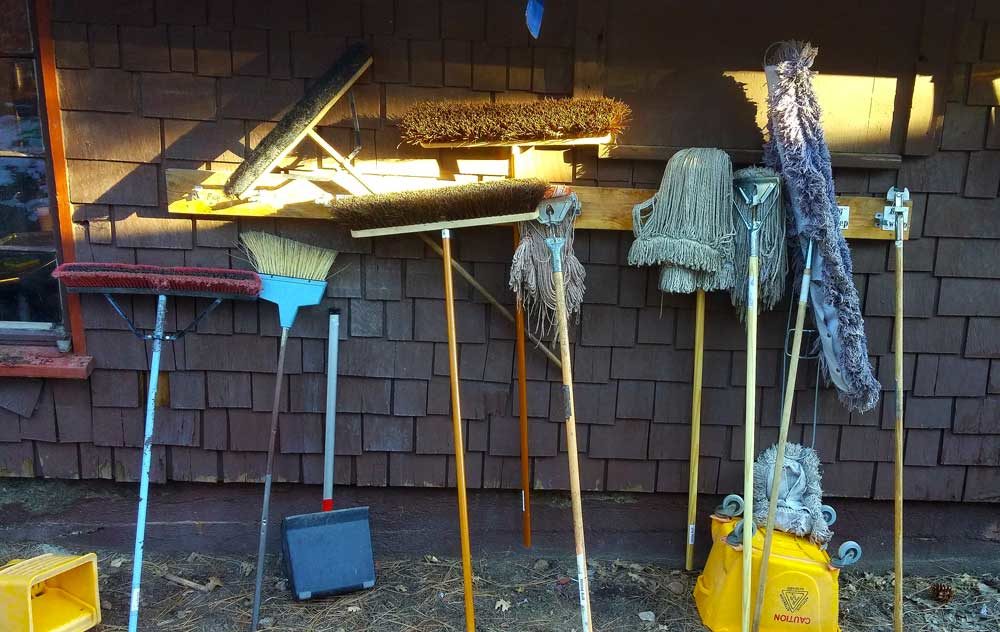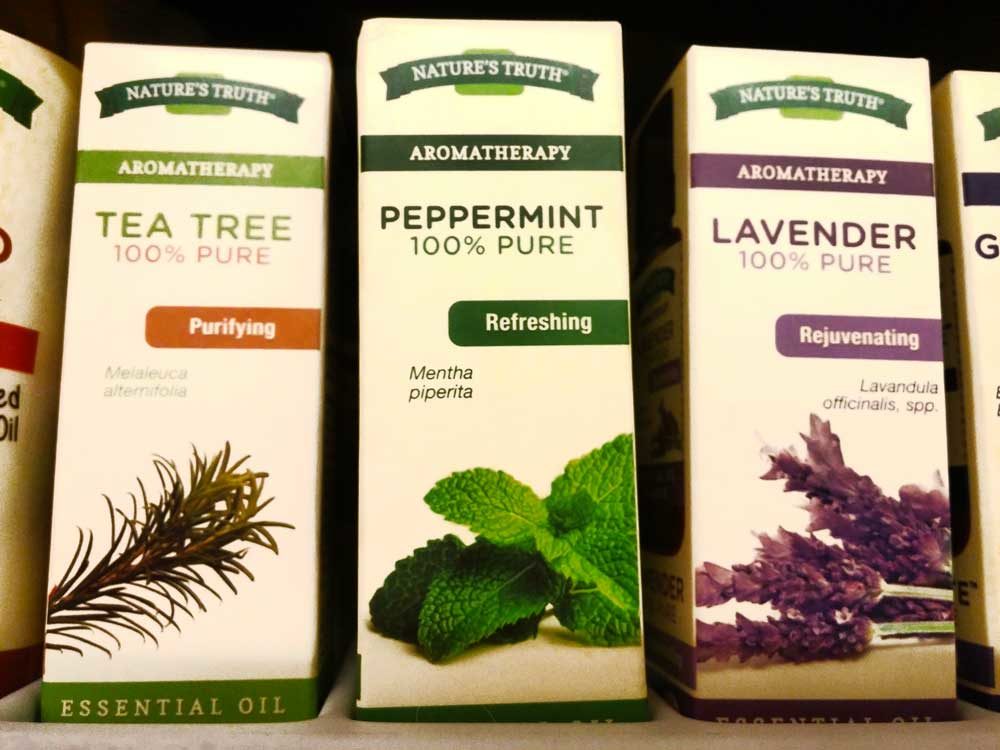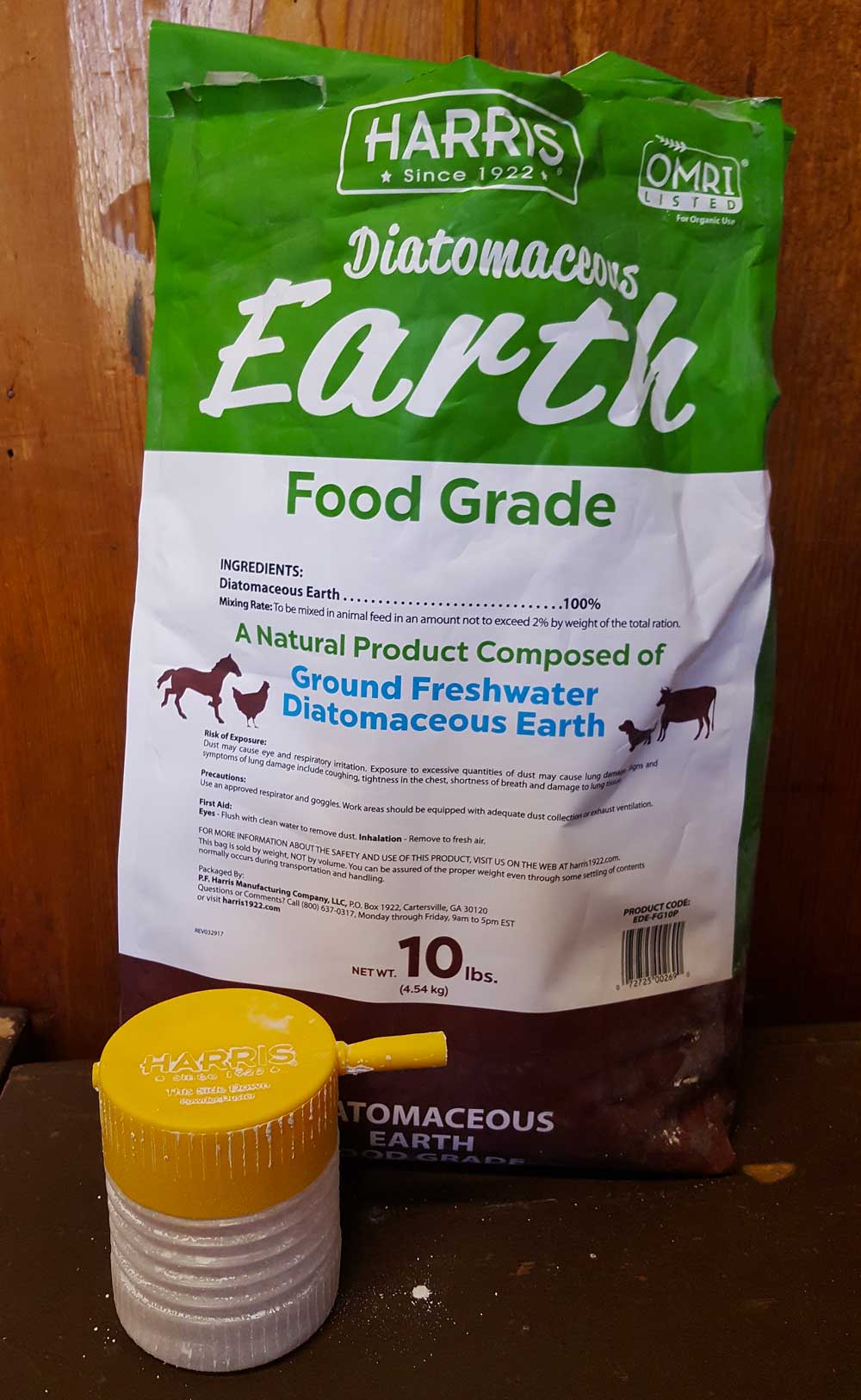Ahhhh… yes. Winter. That beautiful time of year when there is nothing better than snuggling up by the fireplace with a cup of hot cocoa and your favorite book, while the snow falls gently outside. Perhaps it is the time of year where you enjoy hearty meals around the dinner table with your family, while the soft sounds of holiday music provide a serene soundtrack to your evening. Everything is perfect.
What could disrupt such a beautiful scene? One word: pests.

What is a “pest”, exactly?
Google defines “pest” as “a destructive insect or other animal that attacks crops, food, livestock, etc.” It can also be defined as “anything that is annoying or a nuisance.” For our purposes, we are talking specifically about insects, arachnids, and small rodents that enter your home in the winter months. You may have heard that many pests die off in the winter months, or that they hibernate. This is true for several pest species. However, many other pests remain active during the winter months, and much like you by your fireplace with a soft blanket and hot cocoa, these pests are seeking warmth.
If you are anything like me, you struggle with this concept. You respect the pest, and their niche in the environment, but also want them to stay in their home (which is OUT of your home). However, you know that pesticides are often loaded with chemicals and incredibly harmful to the environment.
So what’s an ethical outdoor educator bug loving person to do?
Luckily, there are several ways to keep pests out of your home that are both environmentally friendly and easy on the wallet!
 Clean Your Home
Clean Your Home
Yes, you read that right. Cleaning your home is the number one solution to your pest problems. Insects and small rodents are attracted to those tiny food bits that litter your home unnoticed. Be sure to clean thoroughly, getting all of those dark corners and cracks that may be missed from time to time. This will keep the amount of fuel for your pests to a minimum, while also ridding your home of any nesting spots in dark, corner areas where arachnids prefer to hang out.
Use Vinegar
Not only is vinegar an excellent sanitizing solution that can be used on almost all surfaces, but it also erases trace scents that rodents and insects may leave behind. Cleaning your home with vinegar will wash away these extra smells that could attract additional insects, or spiders.
Seal The Perimeter
The pests that enter your home unannounced are getting in, somehow. Chances are there are quite a few places around the outside of your home that are providing entry. Do a walk around the outside and inside of your home, look closely for any holes or cracks that may be allowing pests in, and seal them off. Additionally, you may want to consider purchasing a fine mesh covering to prevent entry from air vents.
 Make or Use a Natural Repellant
Make or Use a Natural Repellant
Years of evolution have allowed many plants to develop natural repellants to help prevent consumption by other creatures. In the case of insects and spiders, strongly scented plants, such as peppermint or citrus, act as a natural repellant. You can use the essential oils from these plants to defer pests away from your home. The solution from these oils (see below for a great recipe from Suburbia Unwrapped) can be used on almost any surface in your home! I use citrus in the summer and peppermint in the winter for more seasonal scents.
Suburbia Unwrapped’s Natural Spider Repellent Recipe
Ingredients:
15 drops of essential oil: Use a combination of peppermint, tea tree, citrus, or lavender essential oil, 2 to 3 drops liquid soap, 2 TBSP white vinegar, water, large spray bottle
Directions:
Add the essential oil, liquid soap, and white vinegar to a large spray bottle. Fill almost to the top with water and mix gently. Spray on surfaces like counters, walls, floors, etc to repel spiders!
 In the case of mice/small rodents, you can purchase an electronic rodent deterrent. These devices plug into your wall and emit an ultrasonic frequency that is inaudible to humans, but highly disturbing to rodents, and should keep them away from your home. They are available at most stores that offer a home or garden section.
In the case of mice/small rodents, you can purchase an electronic rodent deterrent. These devices plug into your wall and emit an ultrasonic frequency that is inaudible to humans, but highly disturbing to rodents, and should keep them away from your home. They are available at most stores that offer a home or garden section.
Destroy the Pest
I put this on here only as a last resort, because, as an environmentalist, I know how important each and every creature is to its ecosystem. However, if you have completed the previous suggestions and are still experiencing pest problems, it may be time to call in the big guns. Luckily, there are even ways to destroy pests that are affordable and eco-friendly. In the case of mice and small rodents, you can use mouse traps which are almost always effective, especially when baited. To terminate insects or arachnids, the most effective methods are borax or diatomaceous earth.
 Borax is a natural insecticide that, when consumed by insects and arachnids, slowly poisons them. While chemical in nature, it is considered eco-friendly and safe for humans. It can be applied on surfaces throughout the home by sprinkling or mixing with water in a spray bottle. It is available in most stores, typically found in the laundry section. It should be noted that while borax is considered safe for humans, IT IS TOXIC TO PETS. If you have pets or small children, please consult a veterinarian or doctor for further instructions.
Borax is a natural insecticide that, when consumed by insects and arachnids, slowly poisons them. While chemical in nature, it is considered eco-friendly and safe for humans. It can be applied on surfaces throughout the home by sprinkling or mixing with water in a spray bottle. It is available in most stores, typically found in the laundry section. It should be noted that while borax is considered safe for humans, IT IS TOXIC TO PETS. If you have pets or small children, please consult a veterinarian or doctor for further instructions.
 Diatomaceous earth is a substance made up of fossilized plankton. When observed under a microscope, diatomaceous earth resemble glass shards. It works on insects and arachnids by puncturing the body, until eventual death. Because the damage is physical and not chemical in nature, diatomaceous earth has been labeled as safe to use in the presence of pets and children. Similar to borax, it can be applied to surfaces throughout the home by sprinkling or mixing with water in a spray bottle. It can be found in most stores.
Diatomaceous earth is a substance made up of fossilized plankton. When observed under a microscope, diatomaceous earth resemble glass shards. It works on insects and arachnids by puncturing the body, until eventual death. Because the damage is physical and not chemical in nature, diatomaceous earth has been labeled as safe to use in the presence of pets and children. Similar to borax, it can be applied to surfaces throughout the home by sprinkling or mixing with water in a spray bottle. It can be found in most stores.
With these helpful tips and tricks, your home is sure to be pest free for the winter season! Now, how about another cup of cocoa?

At High Trails Outdoor Science School, we literally force our instructors to write about elementary outdoor education, teaching outside, learning outside, our dirty classroom (the forest…gosh), environmental science, outdoor science, and all other tree hugging student and kid loving things that keep us engaged, passionate, driven, loving our job, digging our life, and spreading the word to anyone whose attention we can hold for long enough to actually make it through reading this entire sentence. Whew…. www.dirtyclassroom.com

Comments are closed.